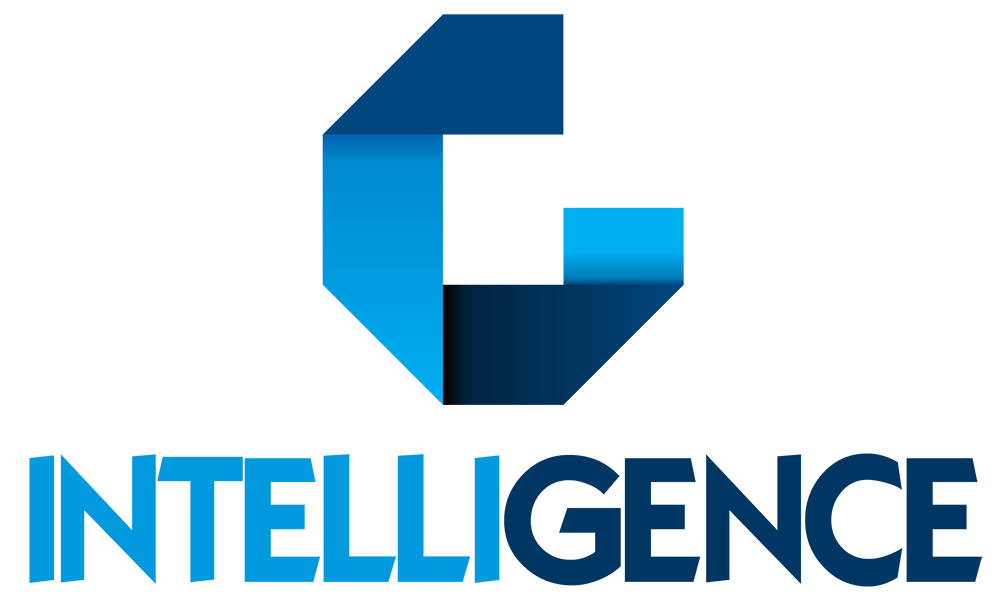Improving and Measuring Your Procurement Performance
Course Schedule

Improving and Measuring Your Procurement Performance
Improve service whilst reducing costs; an impossible task? With effective management and leadership, world class companies do this every day. “Getting more with less” is possible and this seminar shows you how.
In every Supply Chain, the service levels are paralleled with costs to serve. However, changes to costs have an effect on service levels; as what is done and the way it is done, in turn determines the costs and the service. There is a dynamic trade off relationship between the cost, service and productivity levels in the interacting supply chain operations. Doing things better therefore involves consciously managing the productivity in a holistic way across the supply chain. When this is done, then the achievable outcome is gaining business improvement leadership in the supply chain operations.
SESSION 1: Understanding Costs
- Fixed, variable and marginal costs
- Overheads, direct/indirect, prime and marginal costs
- Job, batch, contract and process costing methods
- Absorption, marginal and opportunistic pricing
- Depreciation of assets
- Break-even analysis
- Cash flow analysis
- Activity based costing
SESSION 2: Financial aspects in the Supply Chain
- Total cost of ownership/Total acquisition costing/Whole life costs
- Investment appraisals
- Cost benefit-analysis techniques
- Capital expenditure analysis ( Payback, DCF, NPV)
- Capital purchase options ( buy or lease or rent)
- Pricing options for products/services (open/closed costing)
SESSION 3: Understanding Productivity
- Utilizing resources
- Productivity of processes and methods
- Performance of outputs
- Method study
- Work study
- Time studies
SESSION 4: Developing Internal/External Customer Service
- Customer requirements
- Meeting the requirements
- Customer service measurements
- Working with the internal customer
- Trade offs between costs and service
- Trade offs between productivity and service
SESSION 5: Making Business Improvements
- Positively effect key financial drivers
- Increasing throughputs
- Reducing inventory
- Reducing costs and operating expenses
- Using improvement models
- Procurement, Buyers and Purchasing Professionals
- Stock, Logistics, Warehouse and Distribution Personnel
- Owners and operators of companies with supply operations
- Those who need to understand the relationships between cost, service and productivity in supply operations
| Sub Code | PL033 |
| Start Date | Sun,Dec,19,2021 |
| End Date | Thu,Dec,23,2021 |
| Duration | 5 Days |
| Fee(US$) | 3750 |
| Location | Salalah, Oman |
| Reminder |

|

